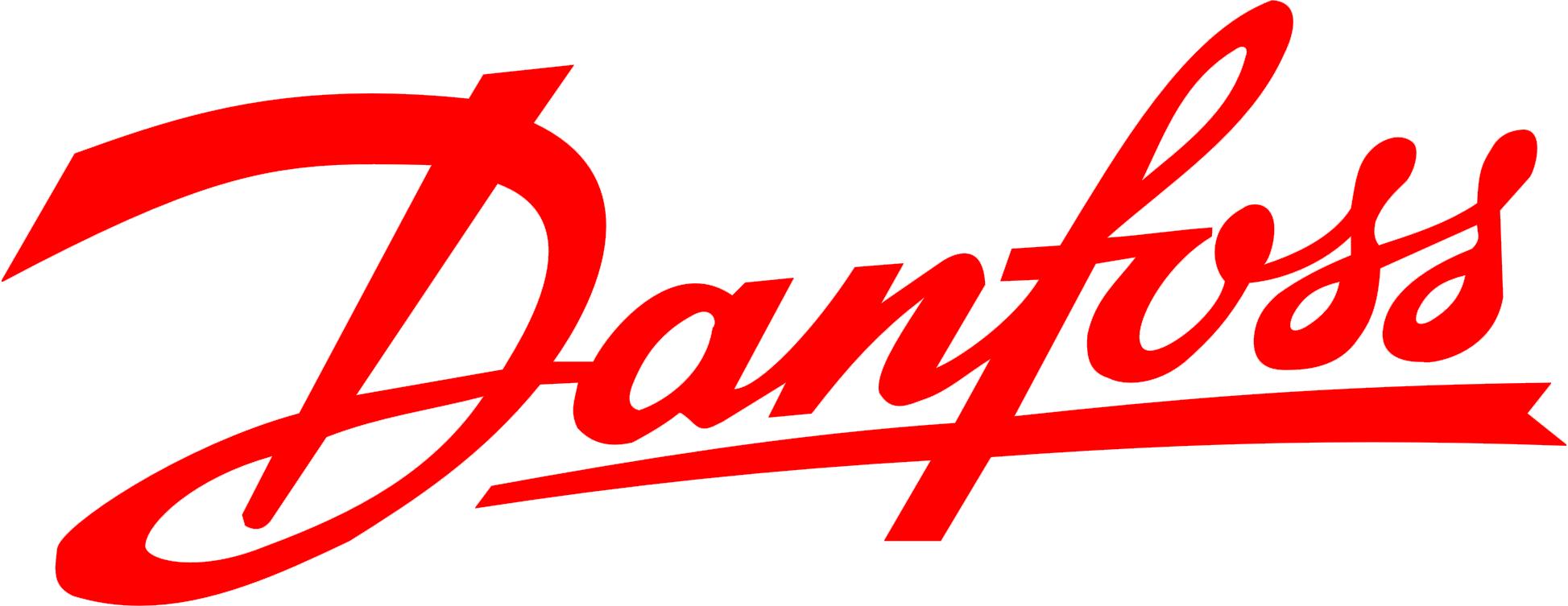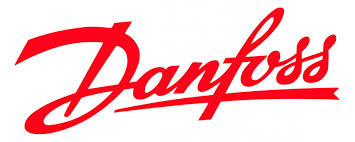Aligned with objectives of initiatives like the PAT scheme to reduce energy consumption in energy intensive industries, this yatra will showcase sustainable interventions prompting industry leaders to take the leap towards a greener and economical future
Danfoss, India a key player in the energy efficiency space  today launched its flagship campaign “Danfoss Energy Efficiency Yatra” highlighting that a better tomorrow is driven by drives in an effort to promote and educate industrialists and policy makers on the need for adoption of better standards of industrial motors. Currently, with almost non-existent regulations for motor standardization, the industrial sector in the country is witnessing an increase in energy intensity, weighing more on the rising energy demand.
today launched its flagship campaign “Danfoss Energy Efficiency Yatra” highlighting that a better tomorrow is driven by drives in an effort to promote and educate industrialists and policy makers on the need for adoption of better standards of industrial motors. Currently, with almost non-existent regulations for motor standardization, the industrial sector in the country is witnessing an increase in energy intensity, weighing more on the rising energy demand.
With the need for energy constantly on the rise, it has been encouraging to note that the government has been actively introducing schemes like PAT (Perform, Achieve and Trade) to enhance cost effectiveness of improvements in energy efficiency in energy intensive large industries and facilities like aluminium, cement, chlor-alkali, fertilizers, iron and steel pulp and paper, textiles and thermal power plants.
While sectors like cement are ahead in terms of Specific Energy Consumption (SEC) as compared to global standards, there is still scope for efficiency improvement in sectors like paper and pulp, aluminium, iron and steel.
An impressive market opportunity for sustainable solutions has further renewed interest for technologies that drive sustainability. Industrial energy efficiency is estimated to be Rs. 34,000 crore investment opportunity[1] with cross sectoral interventions such as VFD, WHR accounting for 21% and 24% of the estimated investment potential respectively.
“This initiative is primarily aimed at raising awareness on the need for stringent regulations and standardisations that have the potential to not just reduce overall carbon emissions from heavy industries but also catalyse productivity and thus profitability. Reports have suggested that energy efficiency measures like equipment and appliance standards along with building performance standards have the capacity to reduce CO2 emission by half, which can go a long way helping us reduce greenhouse gas emissions. The IEA reports that targeted energy efficiency measures would reduce global energy-related emissions by 1.5 gigatons in 2020͕ which said Mr. Ravichandran Purushothaman, President, Danfoss India.
Flagging off the initiative, Mr. Soren said, “In India, industries consume nearly 42% energy of which manufacturing sector contributes more than 60% of consumption. Heavy industries like metals, cement and pulp & paper fertilizer are the major contributors for this high energy consumption. We want to tap this huge opportunity that we have in heavy industries which are energy intensive. With our established leadership in the drives division and with an installed base of 18.5 Million drives, we believe by 2025 more than 5 billion people worldwide will benefit directly or indirectly by Danfoss Drives in their everyday lives. We will also be able to save the equivalent of 60 hours of global electrical energy consumption.”
The multi-city tour of Danfoss Drives Energy Efficiency Yatra aims to empower industries to adopt brand new innovations in energy efficient technology. Beginning its journey in NCR Delhi, the bus will cover 11000 kms through Ludhiana, Patnagar, Satna, Jamshedpur, Durgapur, Kolkata, Rourkela, Angul, Raigarh, Vizag, Guntur, Hyderabad, Chennai, Pondicherry, Cuddalore, Salem, Coimbatore, Bellary, Gulbarga, Kolhapur, Pune, Raigad, Nagpur, Indore, Vapi, Surat, Ahmedabad and Jamnagar in a span of four months.





